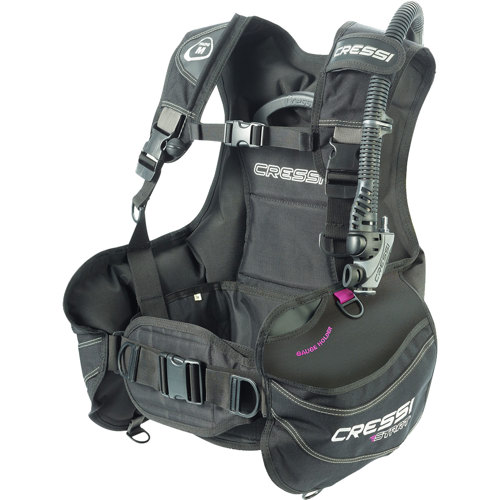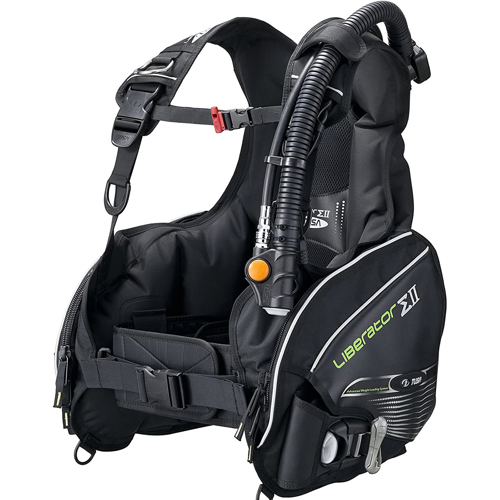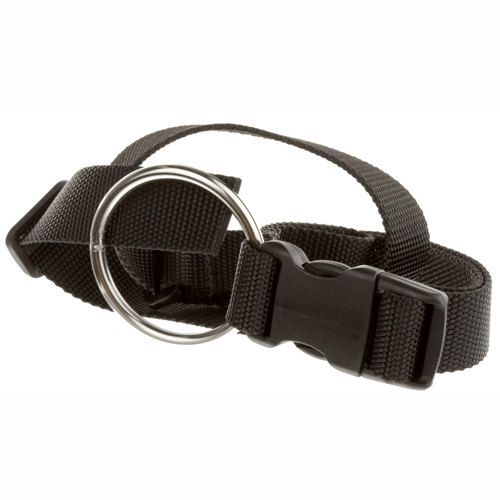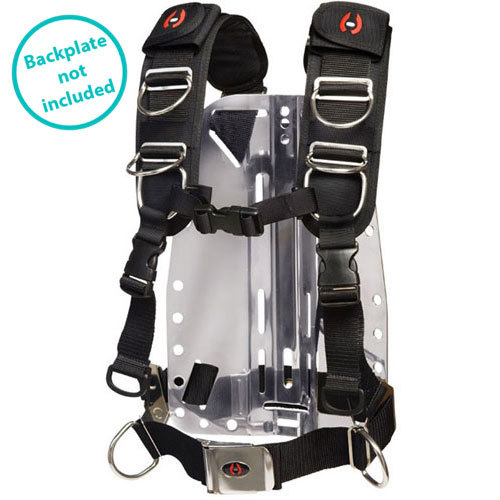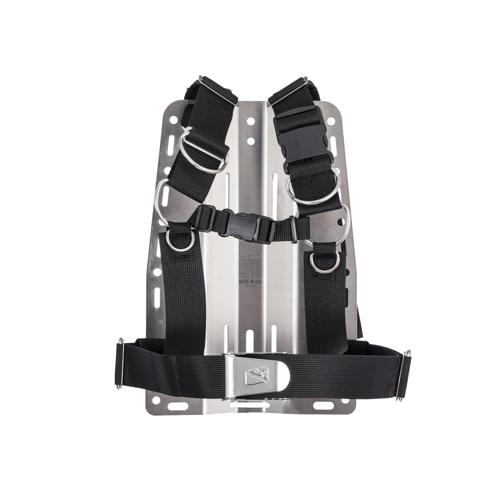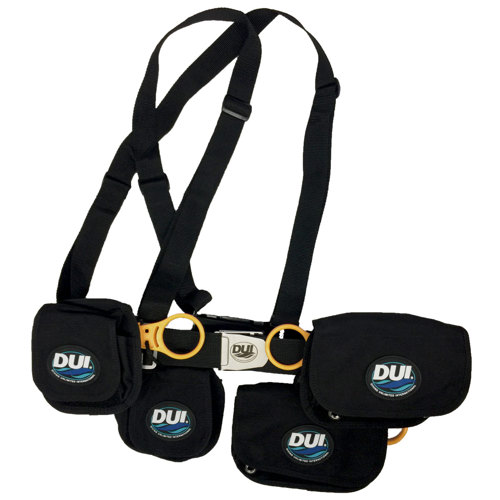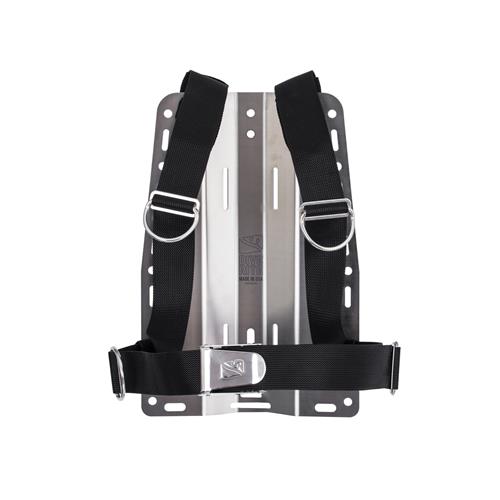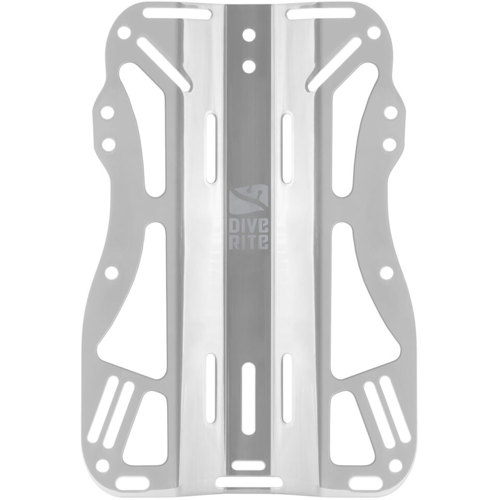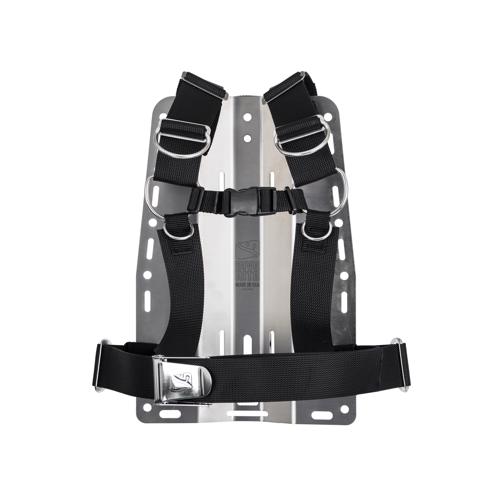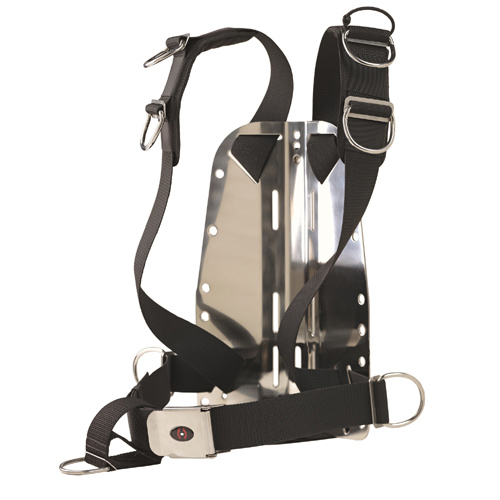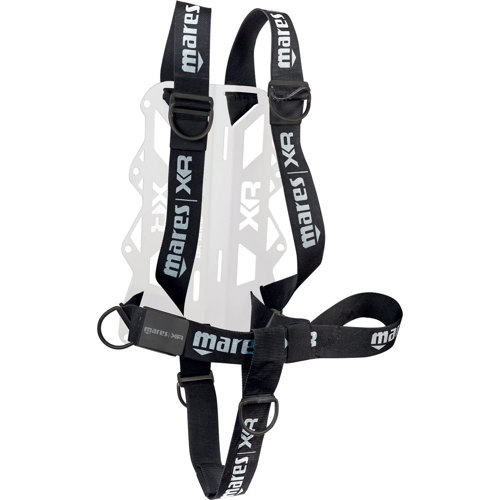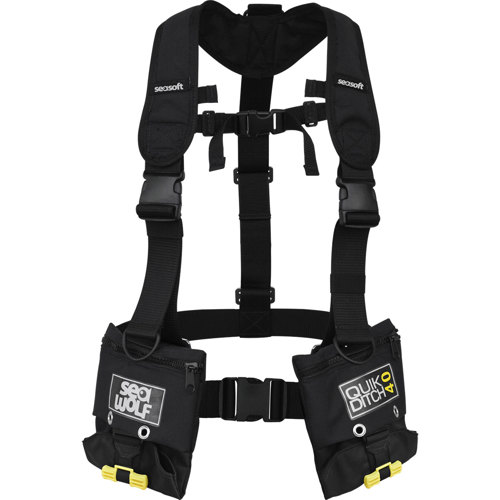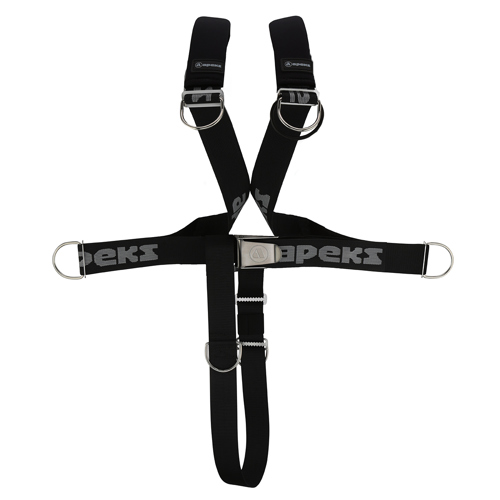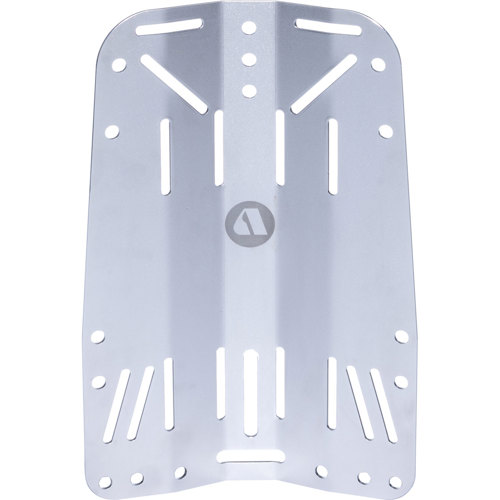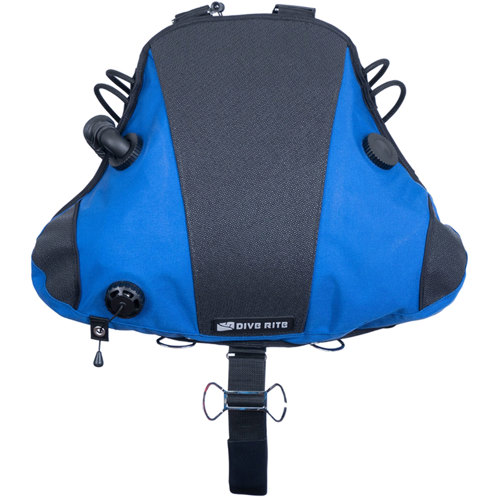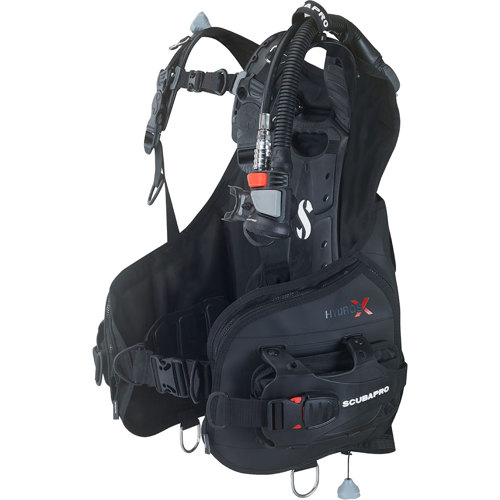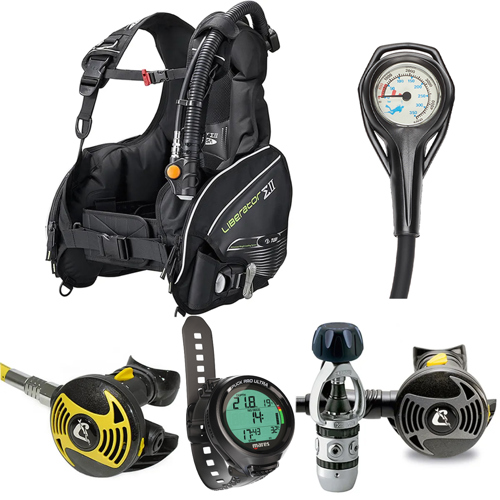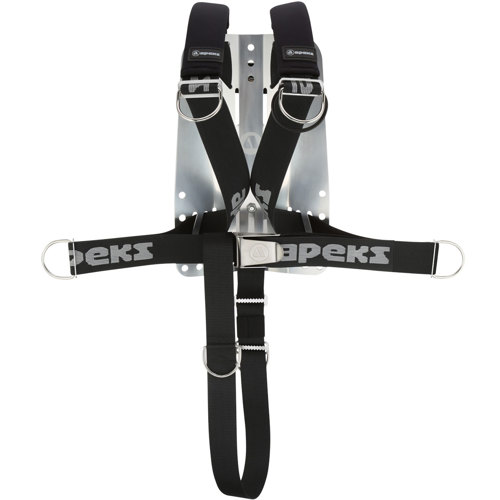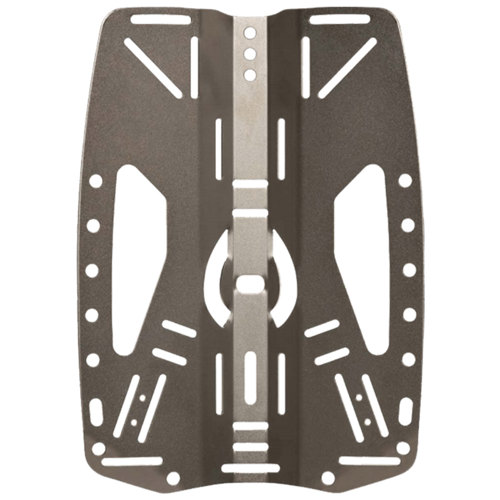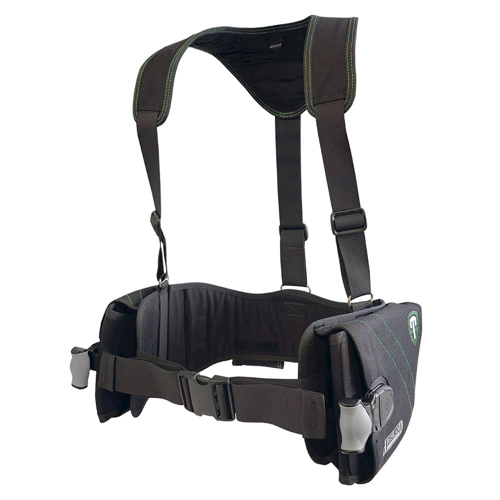When exploring the world beneath the waves, the reliability and comfort of your dive harness can make all the difference between a seamless adventure and a cumbersome experience. Dive harness materials are at the heart of this crucial gear, acting as the backbone for your buoyancy control device, tank mount, and accessory attachments. Whether you’re preparing for a sun-drenched summer vacation in the tropics or gearing up for a brisk May dive in cooler waters, the choice of harness material is a detail that seasoned divers never overlook. From rugged webbing to soft, ergonomic padding, each material offers distinct advantages tailored to different diving styles and environments. For recreational divers who cherish the simplicity of a single tank and leisurely reef explorations, lightweight nylon or polyester harnesses provide both durability and comfort, allowing for unencumbered movement and easy donning—ideal for those spontaneous shore dives or boat trips where efficiency matters. On the other hand, technical divers, cave explorers, and wreck enthusiasts often gravitate toward ultra-robust harnesses made from heavy-duty materials designed to withstand the rigors of deep, extended, or overhead environment dives. These harnesses are engineered to support additional tanks, reels, and tools, ensuring that nothing stands between you and the next underwater challenge.
Dive harnesses also make thoughtful gifts for the passionate diver in your life, particularly as the diving season ramps up and new adventures beckon. For those just starting out, a harness crafted from softer, flexible webbing can ease the transition into diving, reducing chafing and pressure points during longer dives or training sessions. For more experienced divers, upgrading to a harness made from advanced materials—such as reinforced nylon with corrosion-resistant hardware—can be a game-changer, offering not only enhanced strength and security but also the peace of mind that comes from knowing your gear is built to last. Many divers remember their first harness upgrade as a milestone: the moment when their equipment felt truly tailored to their ambitions, whether that meant braving cold quarry dives in the spring or embarking on a multi-day liveaboard in balmy May waters. The right harness material can even influence the way you pack and travel, with lightweight options appealing to globetrotters hoping to minimize baggage weight, and modular, quick-drying fabrics proving invaluable for those who dive in varied climates or need to rinse and stow gear on the go.
As you browse through the selection of dive harness materials, consider the environments you’ll be exploring, the accessories you plan to carry, and the level of adjustability and comfort you need for your body type and diving style. Look for harnesses with sturdy stitching, rust-resistant D-rings, and breathable padding if you anticipate long surface intervals in the sun or extended time in the water. If your interests are trending toward more advanced or technical diving pursuits, you may want to explore options specifically designed for those demands, such as the range of
Technical Dive Harnesses. No matter your experience level or destination, investing in a harness constructed from the right materials is a decision that pays dividends every time you slip beneath the surface. The tactile sensation of a secure, well-fitted harness becomes second nature—an extension of yourself as you glide past coral heads, descend along kelp forests, or navigate the silent corridors of a sunken ship. Selecting the optimal dive harness material is more than a matter of preference; it’s a commitment to comfort, safety, and the countless memories waiting to be made on your next underwater journey.

